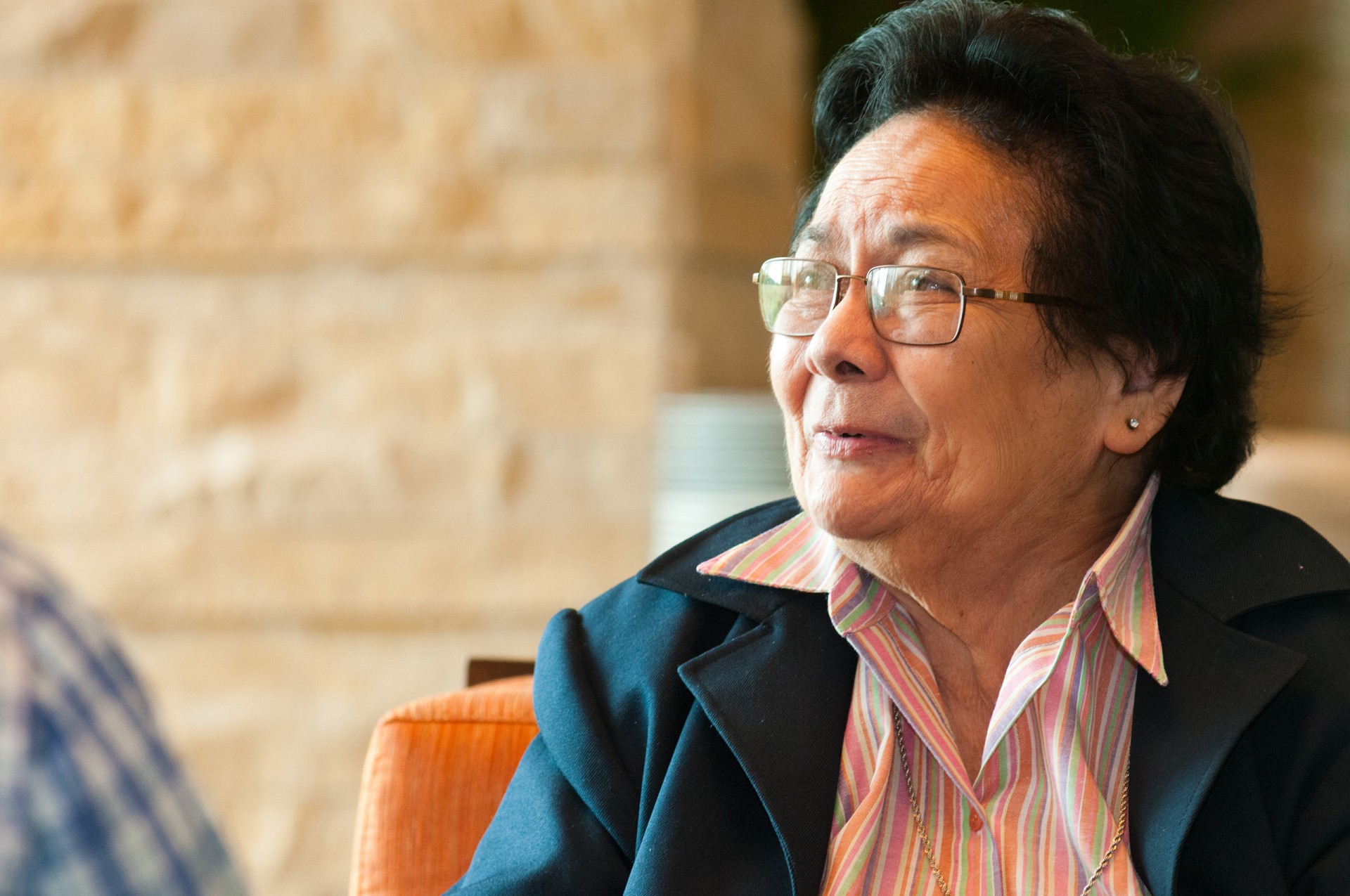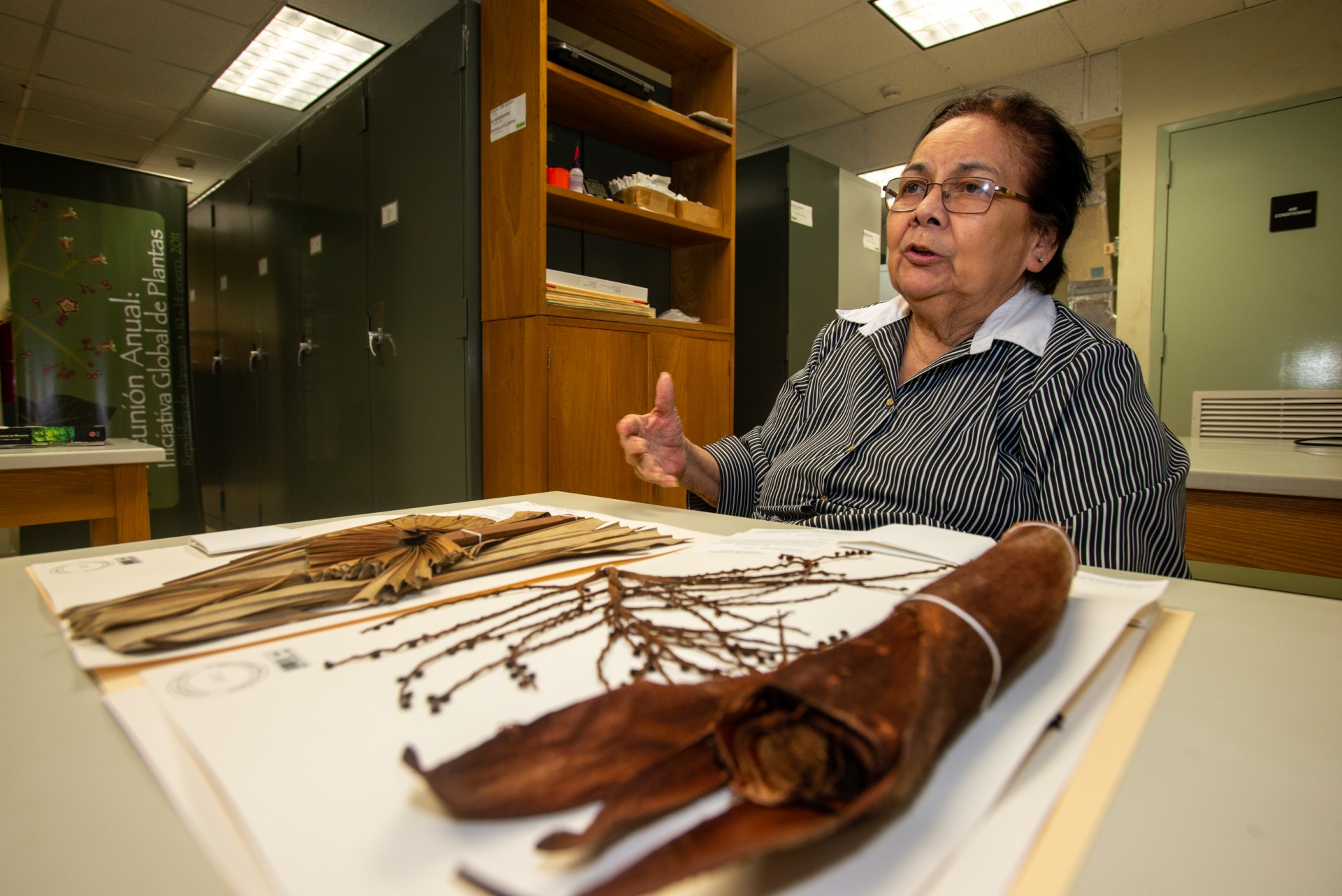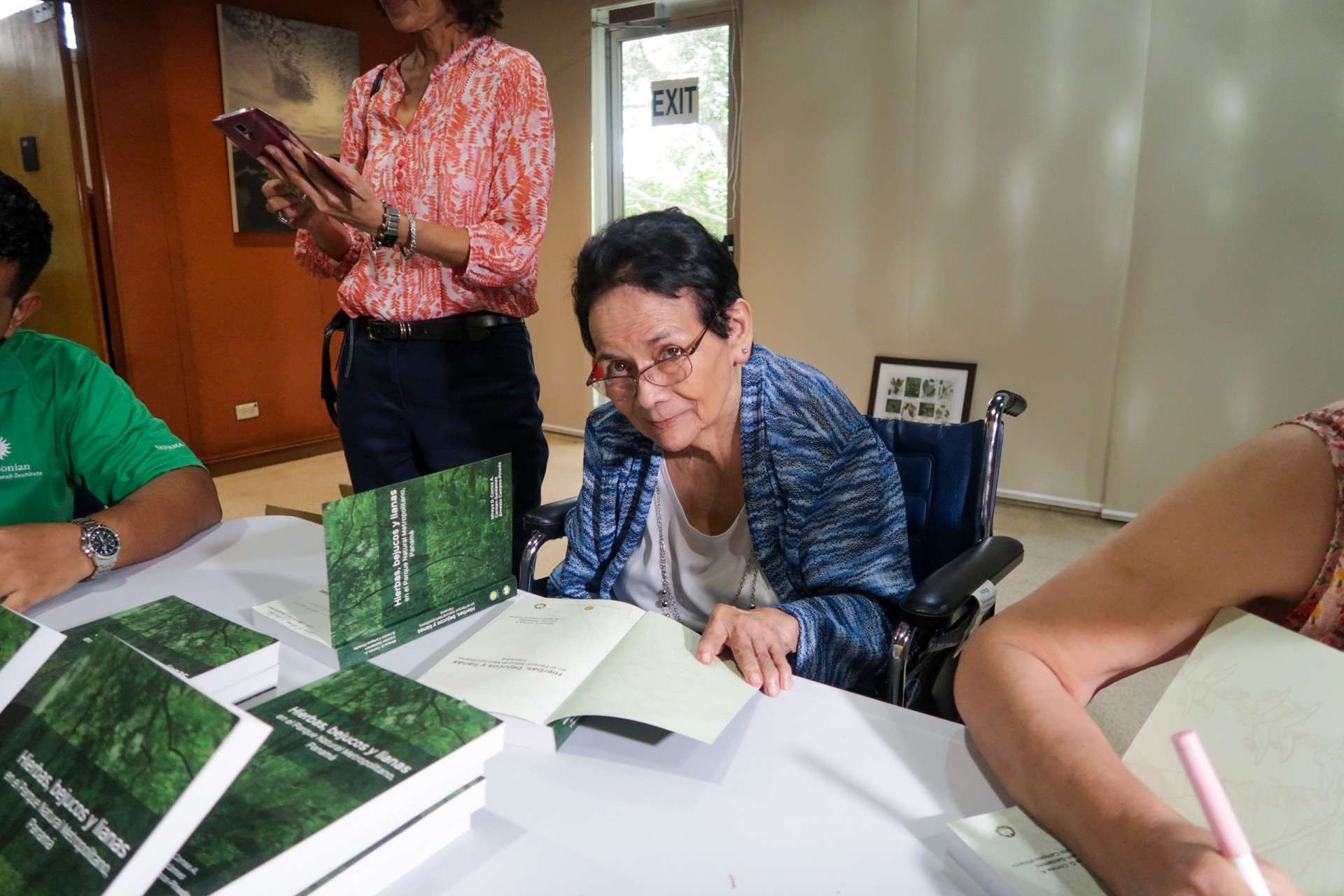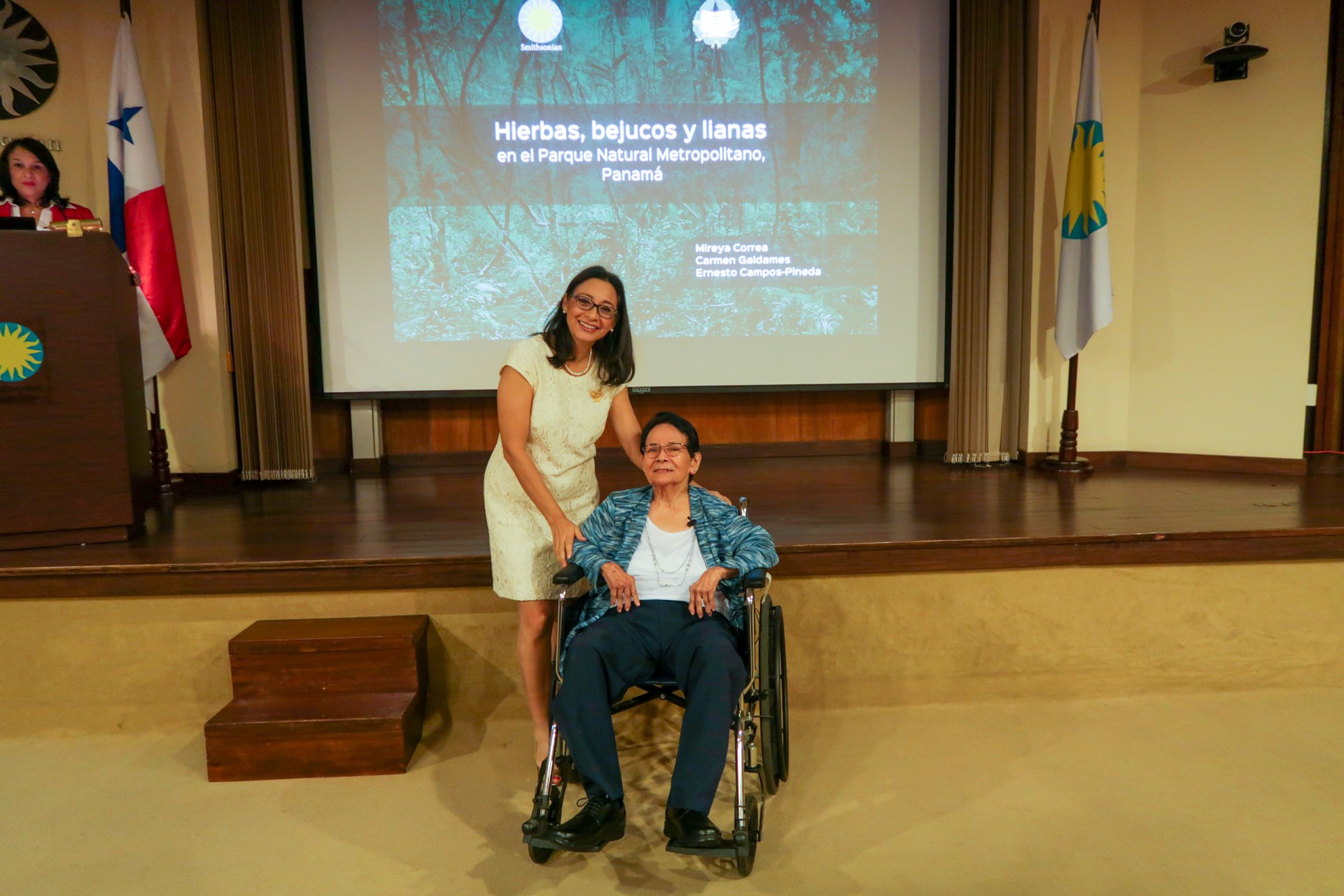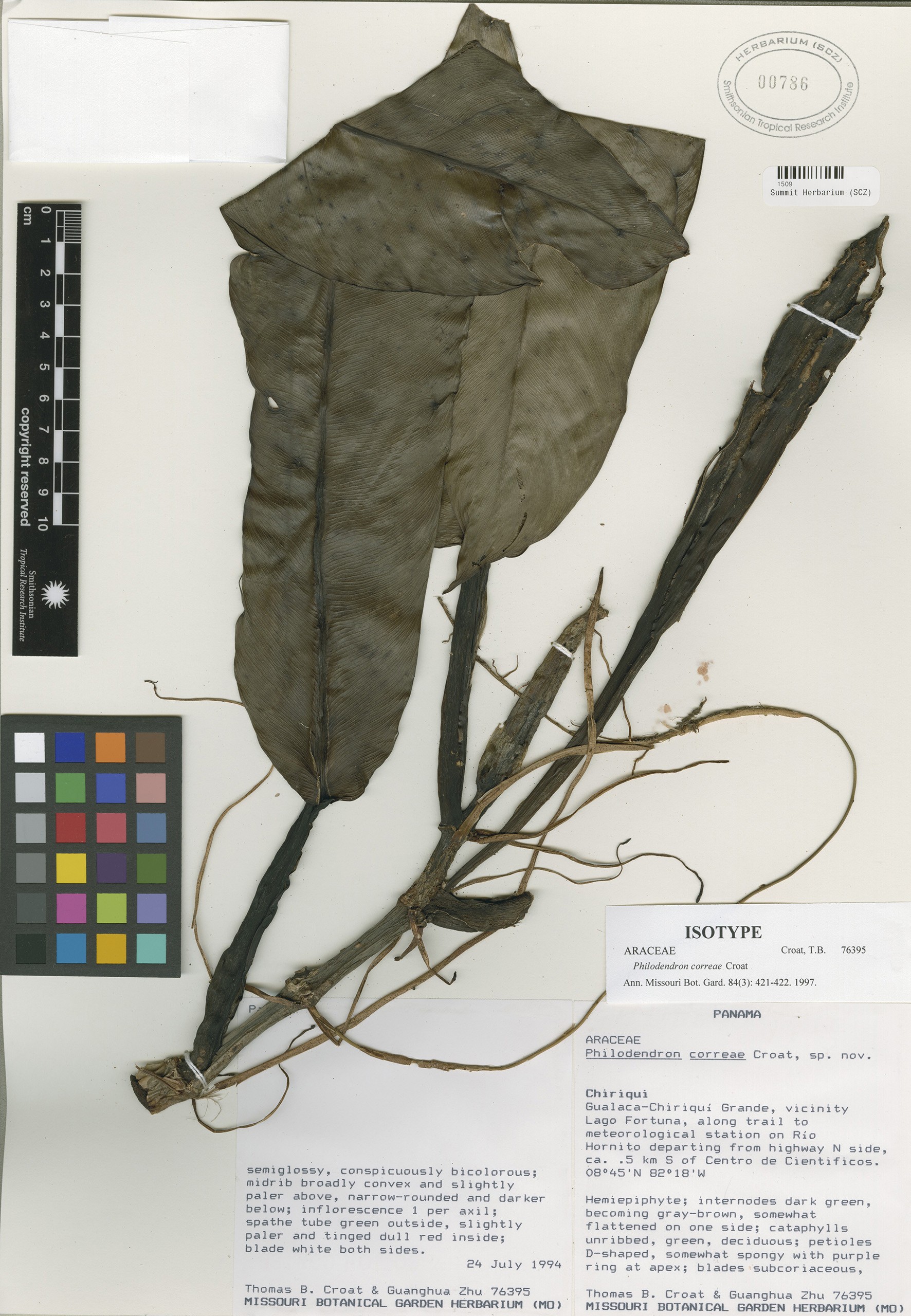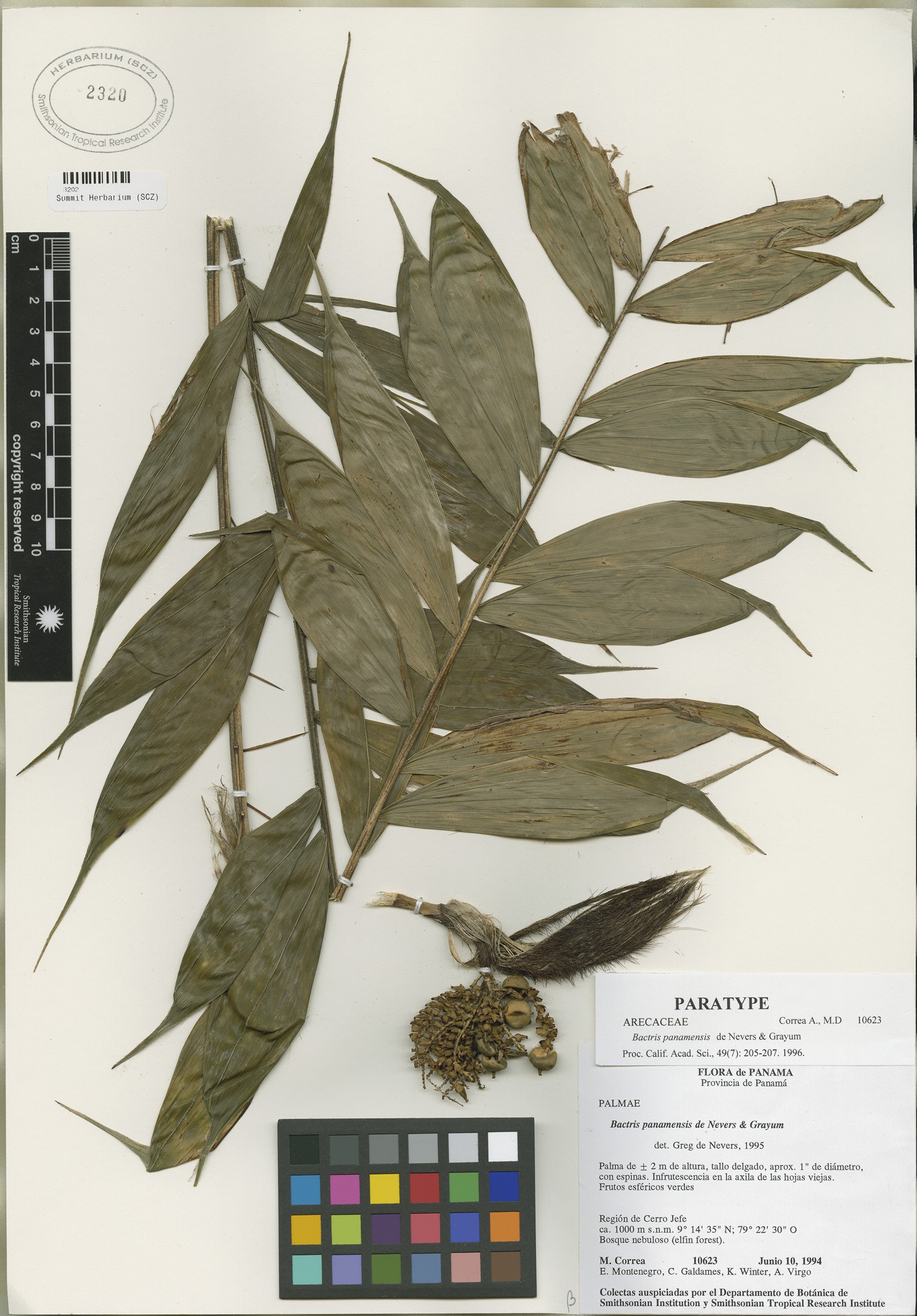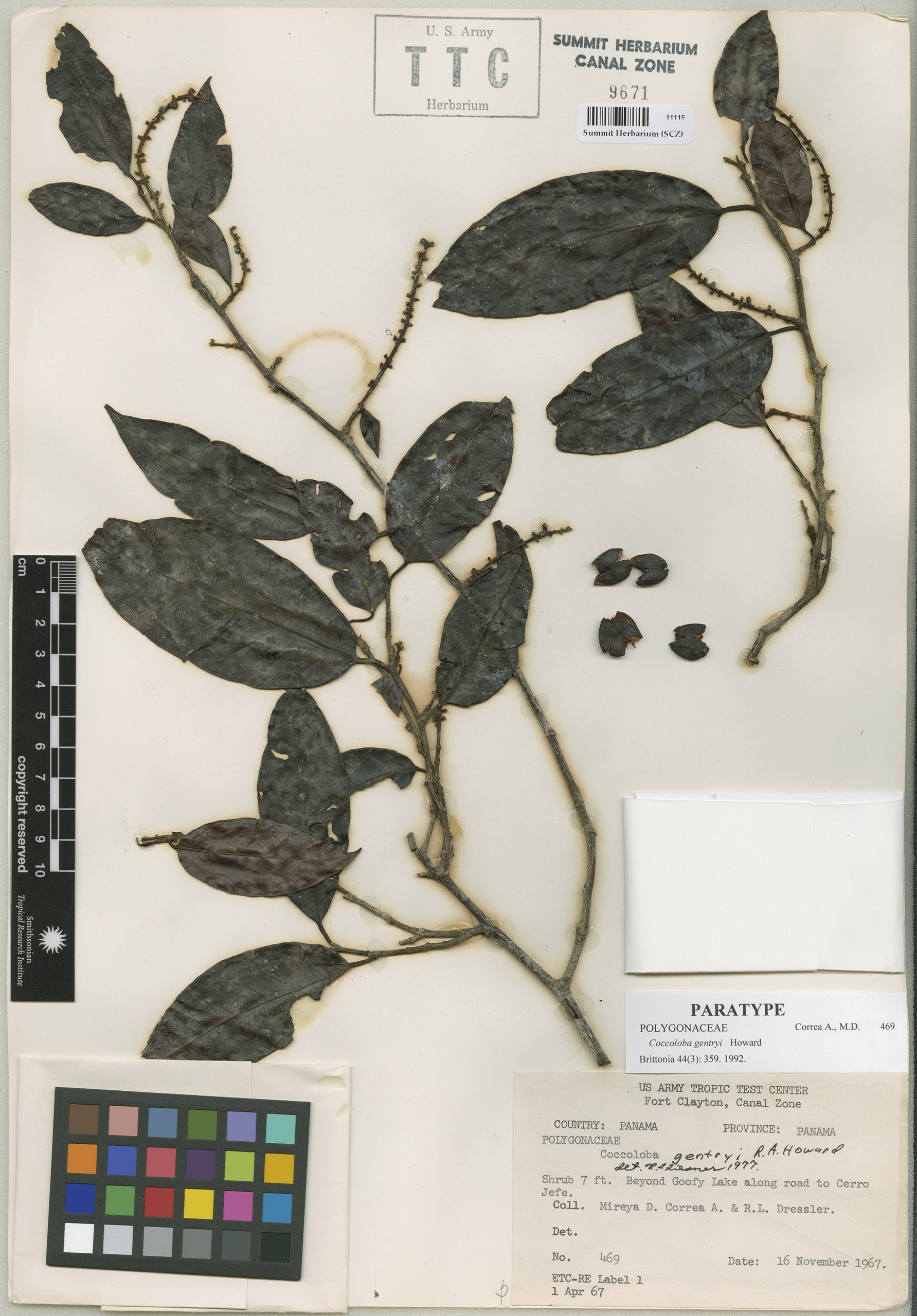A Pioneer
Panamanian botanist
Mireya Correa retires from STRI
Panama City
After more than half a century devoted to her scientific and teaching work, Professor Mireya Correa leaves behind an extensive legacy in Panamanian botany
As a child, Mireya Correa was fascinated by the different plants that her mother and grandmother kept at home. So, when someone suggested that she specialize in zoology during her undergraduate degree in biology and chemistry at the University of Panama in the 1960s, she already had another path in mind. She was much more interested in the diverse world of plants in Panama.
To specialize in botany, she ventured outside of her country. She studied at Duke University, in the United States. Once back in Panama, she began to add years of work experience. She started as a botanist at the United States Army’s Tropical Test Center in Panama. Then, in the late 1960s, she began her long relationship with the University of Panama, making her way into a sphere dominated by men.
At the time, she had no experience teaching undergraduate students. She often stayed up until three in the morning, studying in preparation for her classes.
"I had to be better than my students," she remembers.
In parallel, she was in charge of setting up and directing the herbarium of the University of Panama, an initiative of Dr. Octavio E. Sousa, director of the school of biology, and Dr. Walter Lewis, of the Missouri Botanical Garden. Today the herbarium maintains more than 130 thousand specimens, the largest reference collection in the country. Years later she would also be in charge of directing the herbarium of the Smithsonian Tropical Research Institute (STRI).
But the life of a botanist is not limited to classrooms and herbaria. A large part of this calling is to go out into the field to find and collect plant specimens. And Mireya Correa did it frequently. Sometimes in a truck, sometimes on horseback or on a donkey, crossing rivers and avoiding snakes and insects. Armed with her boots and machete, she traveled the most remote parts of the country for half a century, many times in the company of her students.
In that world she met STRI botanist Robert Dressler and began to collaborate with him. They went out into the field to collect specimens and process them at STRI. She eventually joined the Institute, as a research associate in 1982, and finally, as a permanent scientist, in 1987.
Throughout her career, Professor Mireya, as many affectionately call her, has collaborated with herbaria and researchers around the world in the identification of plants, always encouraging regional and international collaborations.
Her dedication has led her to discover, describe and catalog the incredible biodiversity of the Panamanian flora, collecting around 12 thousand specimens, many of which turned out to be new species. Several of these new plants were named in her honor, such as Spachea Correae, Chamaedorea Correae, Cordia Correae or Psychotria Correae, among others. In addition, her work has contributed to a better understanding of the distribution of species in the country and their status at the conservation level: if they are common, endemic, endangered, rare or vulnerable.
She has also trained subsequent generations of botanists and taxonomists, contributing to the establishment of botany as an academic discipline in Panama. Dozens of students have done research and developed theses under her guidance, and many more passed through her classrooms at the university.
One of her greatest contributions to botany, regionally and globally, was her initiative to turn STRI into a regional center for digitizing plant specimens for the Global Plants Initiative, an international association of more than 270 herbaria in 70 countries to digitize specimens of plants, fungi and algae, so that researchers could have access to them from anywhere in the world. This way, STRI would receive an image digitizer from the Andrew W. Mellon Foundation and support smaller herbaria with digitization.
Mireya Correa's botanical knowledge has not been limited to the scientific field. Over the years she has published several books as well as guides on Panamanian flora, including two on the Metropolitan Natural Park of Panama, a popular destination in the city for locals and tourists.
Her decades of work in favor of botany have not gone unnoticed. She has received countless honors and awards, such as an honorary doctorate from the University of Panama, the keys to Panama City, and the José Cuatrecasas Medal for Excellence in Tropical Botany, awarded annually to a botanist who has contributed significantly to advancement of tropical botany.
"STRI and the national and international scientific community appreciate Professor Correa's invaluable contributions to botany in Panama and the world," said STRI Acting Director Oris I. Sanjur. “Professor Correa was a pioneer in establishing the main herbaria in our country and was an excellent mentor for many generations of students, including myself. Thank you, Professor Correa!"

